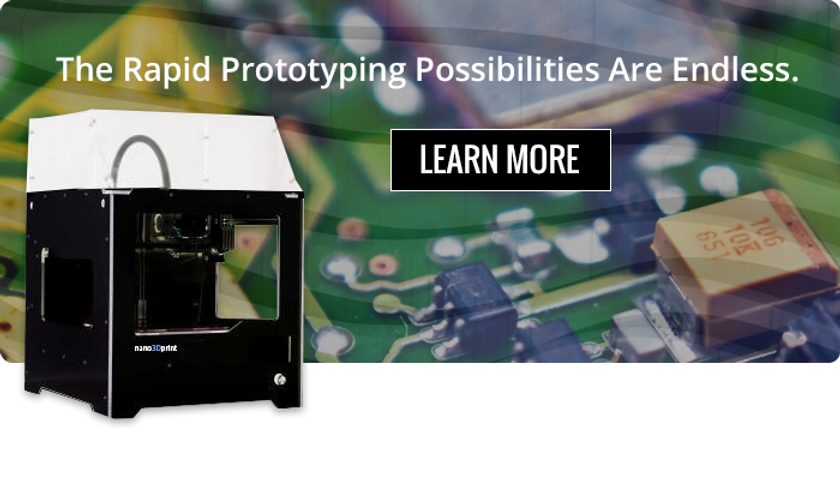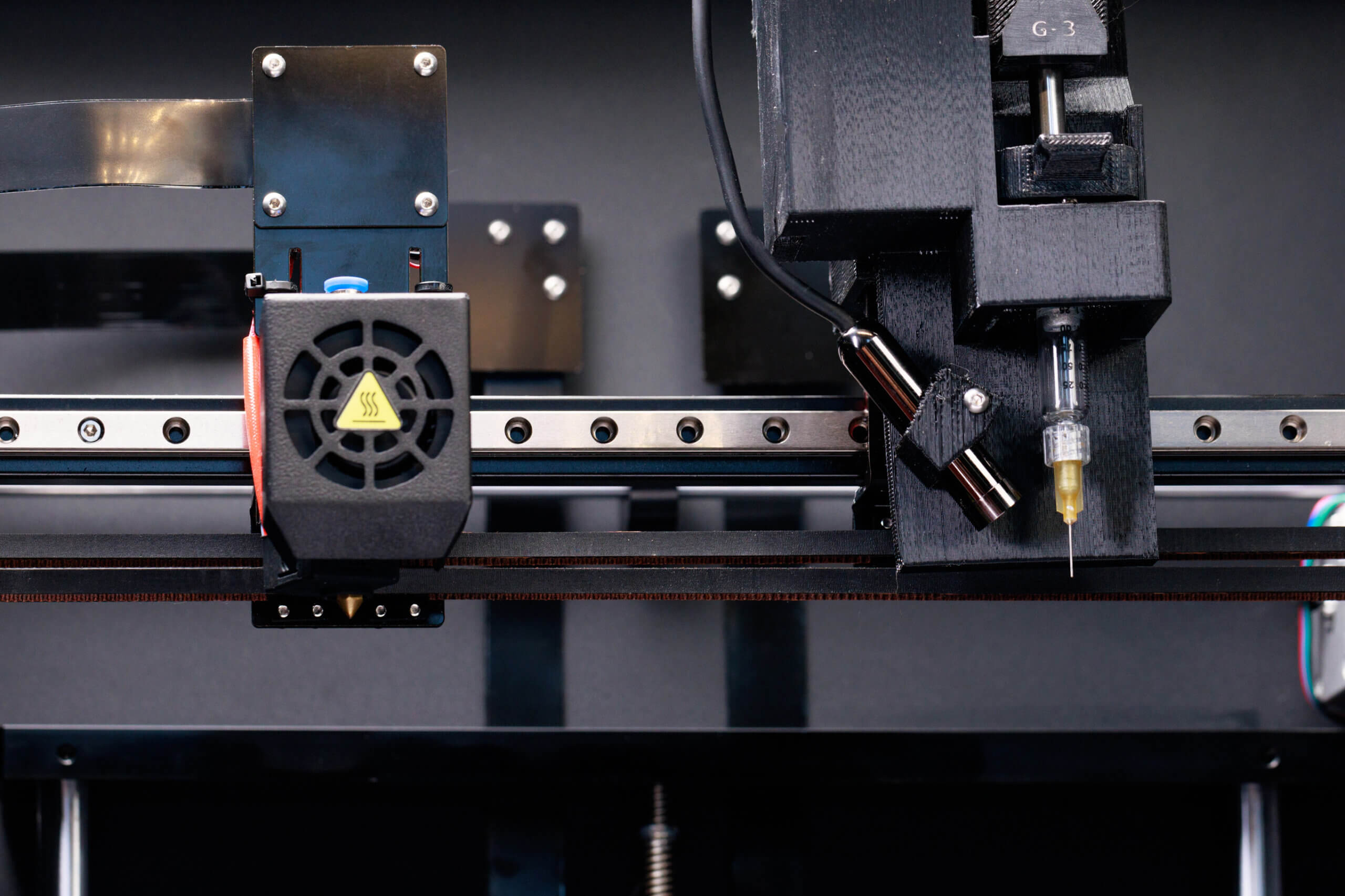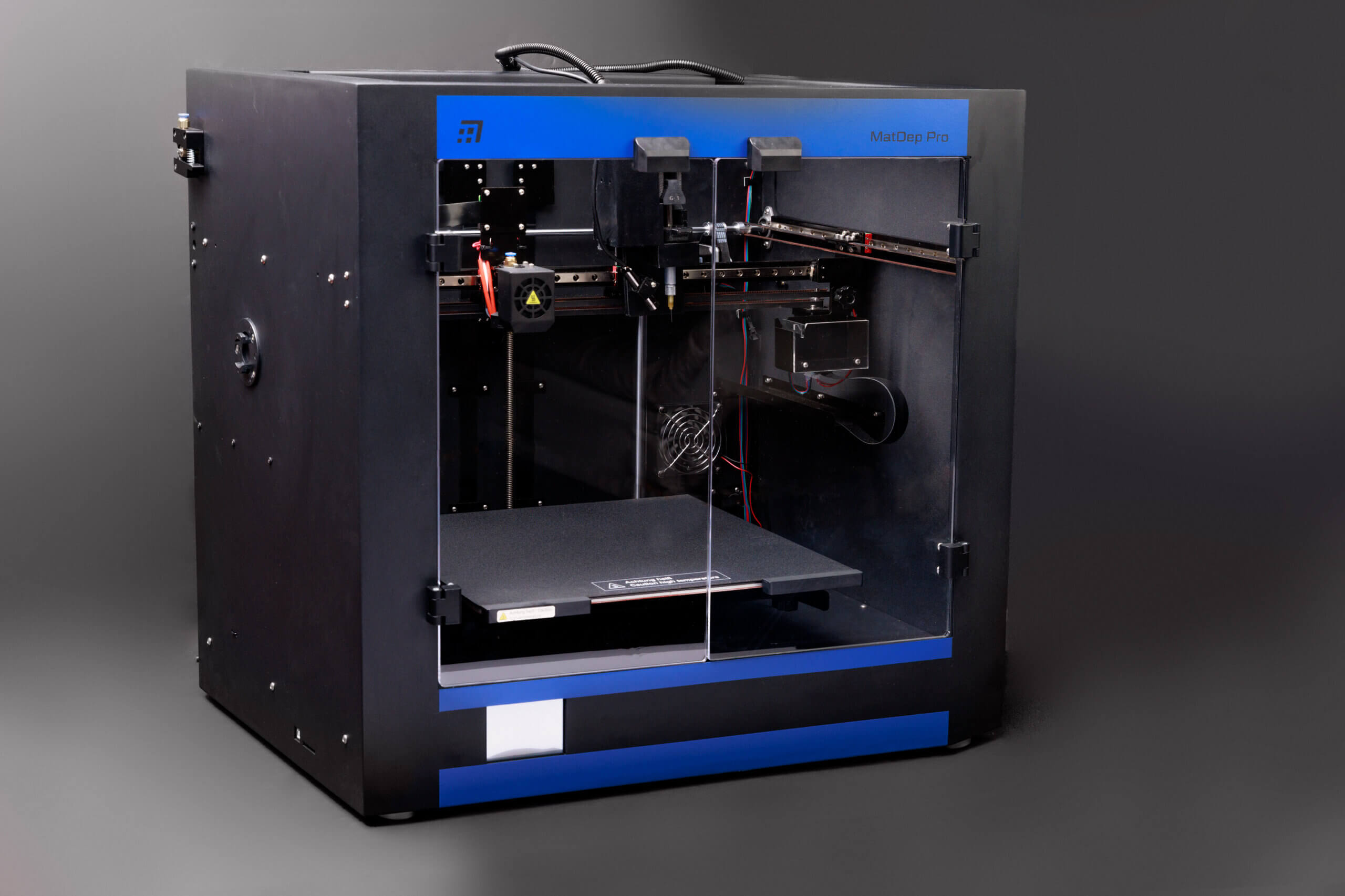In the previous installments of this three part series on 3D printing, Printable Electronics, and the automotive industry, we’ve discussed some of the revolutionary 3D printing uses which various innovators and companies have developed over the years. We’ve seen modern advancements in typical plastic additive manufacturing, with manufacturers mainly employing 3D printing for either odd jobs, such as the Glickenhaus titanium exhaust pipe, or even printing off entire 3D replicas of Ferraris from years past.
We then moved beyond merely plastic (and titanium, to be exact) into the world of Selective Laser Melting, or SLM. .05-millimeter individual layers of metal powder coating are applied to a processing plate in this new 3D technology. A laser beam will then fuse the powder where needed to construct a metallic object. This new technique requires more expertise and precision than the more commonly used plastic filament additive method, but it significantly cuts down on costs and production time, given the ability to 3D prototype in actual metal for the first time in history.
Finally, we had a brief entry into conductive ink and printable electronics, the following step iin automotive innovation, at least when it comes to 3D manufacturing.
Structural Electronics
Structural Electronics can be classified as one of the most important technological developments of the 21st century. It fulfills Edison’s 19th century vision that electricity should be accessible where it is required. To define our terms, SE involves electronic/electrical components and circuits which serve as load bearing protective structures, either replacing “dumb” structures entirely, or being placed on them. Structural Electronics has a much broader scope than the automotive or even aerospace industries, but for the purposes of this article, we will do our best to confine our content to the automotive world.
Electric cars are in particular need of SE’s capability, given the demand for covering farther distances and the need for more free physical space in contemporary vehicle production. Rajesh Mandamparambil, PhD., offers his insight on incorporating electronics into formerly dumb materials: “By integrating electronics into loadbearing or protective structures, conventionally dumb plastic parts can be made smart. Currently different techniques like thermoforming and inmold are being explored. Utilizing the freedom of shape and flexibility of 3D printing techniques and combining the technologies from flexible electronics a new manufacturing paradigm is being developed. TNO is developing such manufacturing technologies towards mass customization of structural electronics. This will enable industries to accelerate innovations in this field towards faster time to market.” Rajesh has some interesting thoughts here. Some have theorized that future cars will incorporate structural electronics within a given vehicle’s body and undercarriage, reminiscent of the human nervous system. This functionality would give the ability to immediately detect physical touch and potential damage to the vehicle. In the same vein, a research article from IDTechEx has predicted that embedded electronics will be utilized in the aerospace industry by creating massive display panels inside the fuselage, replacing windows as we know it for an enhanced reality informed by passenger information. Essentially, you’ll be able to catch Pokémon in the clouds, which is all we’ve ever really wanted as a species.

SE and Reduced Costs
This last theoretical thought points to a broader advantage of the marriage between structural electronics and 3D printing technology. The ability to create complete solutions for businesses and consumers is a chief value when talking about SE, also known as In-Mold Electronics. It won’t any longer be a financial burden and time-wasting hassle to assemble the thousands of different pieces of a vehicle. SE provides more aesthetically appealing products, with more precise digital-to-physical integration. Manufacturing costs go down and product performance goes up through some In-Mold Electronics techniques. Peter Johnson, president of DuraTech Industries, expounds on the reduced cost of assembly: “Cost is also a big factor as this technology eliminates many of the layers of a conventional switch. You can also make very large parts without having to make a FR4 board that covers the entire part, since we screen print the sensors and traces. There are also assembly cost savings as there are much fewer pieces in the final assemble. Some of the pricing exercises we have done have shown up to a 50% reduction from their current constructions.” Although Johnson isn’t addressing the automotive industry in particular, many of his points ring true in automotive 3D printing and structural electronics.
Wrapping Up
This final installment has been a bit more theoretical than substantive, but it’s the kind of cutting edge innovation that reminds us at Nano3Dprinting about what an amazing industry we are a part of. It hasn’t yet been ten years since the many FDM patents expired in 2009, and we have already seen a truly remarkable boom in technological advances. And the thing is, in this series we have barely scratched the surface of what has been thought of and produced. We haven’t even really discussed the revolutionary Nano3Dprinting electronic printing technology, which affords engineers and scientists a new world of precice nano and micro 3D printing. We look forward to sharing more about our technology and services, and how they may be right for your purposes.




